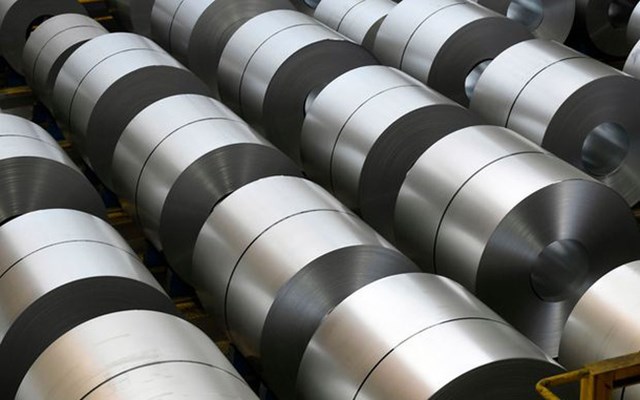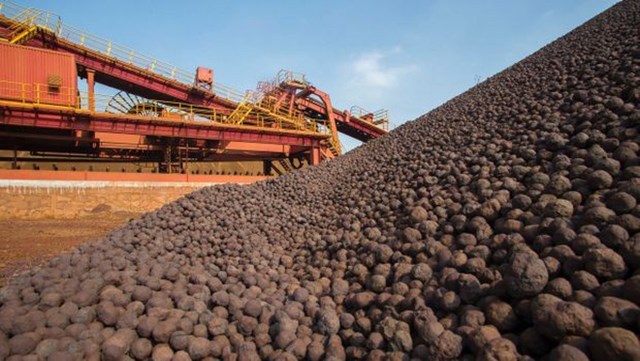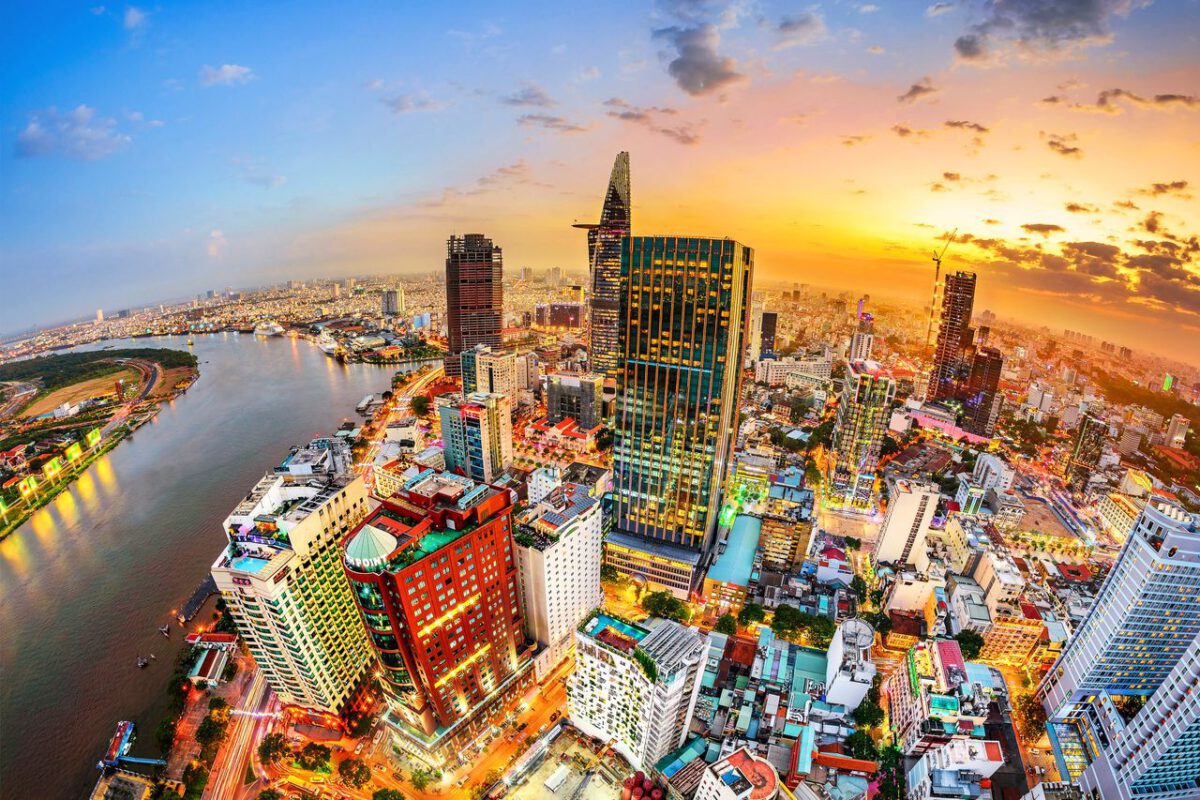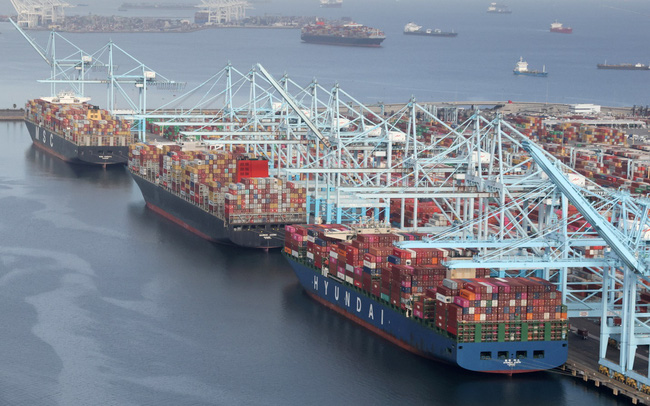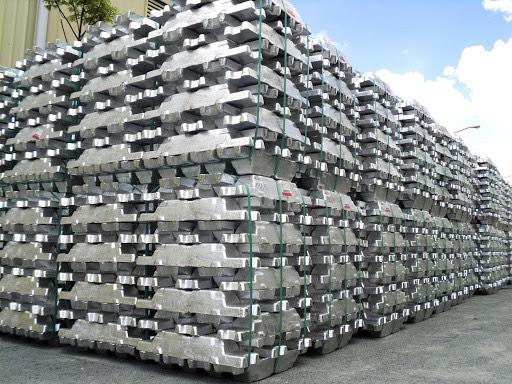This country has exported more than 2.3 million tons of seafood, earning more than 6 billion USD in 2022 from the Chinese market.

Illustration Recently, China banned seafood imports from Japan after Japan decided to discharge wastewater from the Fukushima nuclear facility into the sea. Immediately after this news, Russia said it hopes to increase seafood exports to China after this ban. Russia is one of the largest seafood suppliers to China, with 894 Russian companies allowed to export seafood to this market, Rosselkhoznadzor, the Russian food safety watchdog, said in July. In a statement late on August 25, Rosselkhoznadzor said it was looking to increase the number of exporters. The Chinese market in general is promising for Russian fish products, said a statement from Rosselkhoznadzor. We hope to increase the number of certified Russian companies and ships, its product volume and product range.” To support that effort, Rosselkhoznadzor plans to continue its dialogue with China on seafood safety issues and conclude negotiations with China on regulations for the supply of Russian seafood products to China. this country. China banned some food imports from Japan officially on August 25 due to concerns about the risk of radioactive contamination after the country began discharging treated water. The statement said China was the destination for more than half of Russia’s seafood exports from January to August but did not provide figures, mainly pollock, herring, halibut, sardines, and sardines. cod and crab. According to the Russian fisheries agency, last year Russia exported 2.3 million tons of seafood worth about $6.1 billion, accounting for about half of the country’s total catch, of which China, South Korea and Japan is the largest importer. Although the Japanese side said the level of pollution in the water would be lower than what is considered safe to drink according to the standards of the World Health Organization. However, Rosselkhoznadzor said it has tightened the screening of seafood imported from Japan despite the insignificant volume. The regulator also said that the flow direction in the Russian Far East, where about 70% of Russia’s seafood is caught, will be prevented from contamination. Interfax reported on August 25, citing the Pacific office of Rosselkhoznadzor, that the country has also tightened radiation controls on seafood caught in Russian waters, relatively close to Fukushima, and will inspect the samples were selected to determine the level of radioactivity. According to Reuters
T&G . International Joint Stock Company
Address: 352 Hue Street, Le Dai Hanh Ward, Hai Ba Trung District, Hanoi
Hotline: 02473010868 / 0904230444
Email: hrm@tginterjsc.com
Website: http://tgimportexport.com




